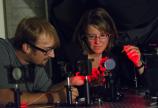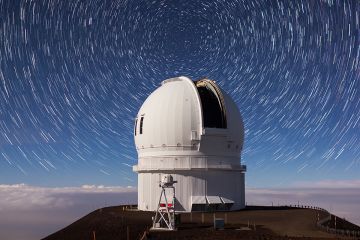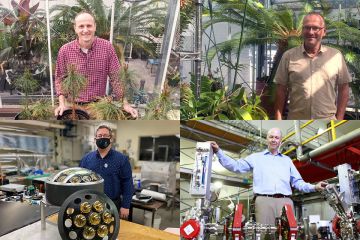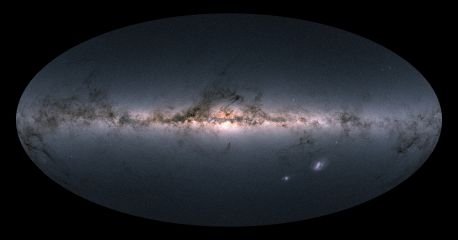New program builds partnerships between astronomy researchers and tech sector
- Jody Paterson
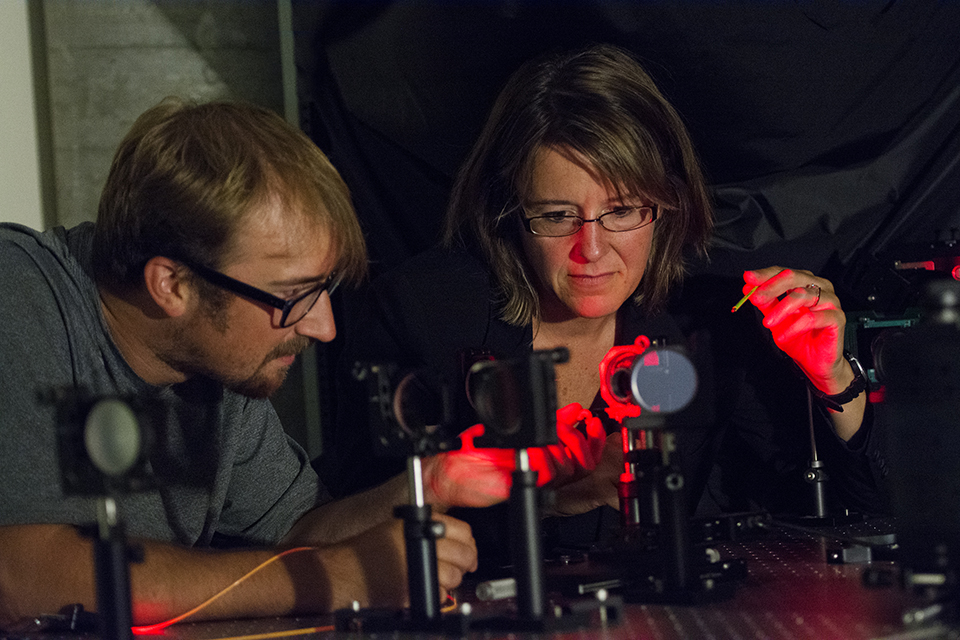
Lung cancer scans and astronomy may not seem like they’ve got much in common. But a new research and training program at the University of Victoria is demonstrating that you just never know where astronomy studies may lead.
UVic’s Astronomy Research Centre (ARC) is the principal investigator for the cross-Canada collaborative, New Technologies for Canadian Observatories (NTCO). It’s a new program at UVic and three other universities in Quebec and Ontario aiming to build partnerships between researchers and the private sector to facilitate the introduction of technologies incubated in astronomy research centres to potential industry partners.
Pathway to commercialization
The primary goal is to boost the relationship between industry, Canadian universities and government facilities like the NRC-Herzberg Institute of Astrophysics in Saanich, says ARC director Kim Venn. Universities and government research labs are producing world-class astronomy instrumentation, but a tech industry able to commercialize such work is underdeveloped in much of Canada.
"We want to help develop that flow between industry and the researchers and students in academic and government labs, both for astronomical instrumentation and some computer technology,” she says. “An enriched graduate program with significant internships with industry opens up opportunities for students to be exposed to research in industry, where significant breakthroughs in astronomical instrumentation can also occur.”
Cancer diagnosis tool
How does that relate to lung cancer scans? Astronomy instrumentation is the main focus for NTCO’s $1.65 million, six-year CREATE grant from the Natural Sciences and Engineering Research Council, says Venn. But the machine-learning that is also part of the program holds promise for virtually any sector working with large volumes of data.
An NTCO student interning with Victoria-based tech firm Limbic Media applied machine-learning techniques he had developed for analyzing large volumes of stellar spectroscopy to the challenge of examining a million scans of potentially cancerous lungs. Starting with the few hundred scans that had already been analyzed, the student “taught” a computer how to diagnose probable cancer in the unread scans.
The student is completing his undergraduate degree in physics and astronomy but is newly interested in working with hospitals. “That would not have come up if not for this program,” says Venn, adding that the student also brought back invaluable understanding of how the private sector functions that has benefited everyone involved in NTCO.
Internship opportunities
A dozen students are already enrolled in NTCO, and a formal application process is now in place. The program will select students who can best integrate an industrial internship with their thesis research.
Internships for up to six months for enriched graduates create new research opportunities for everyone involved in NTCO, and new job opportunities for students. A summer school and professional skills courses also help to prepare students for employment in both the private sector and at international observatories.
Venn says Quebec is the only province that has done a good job of sharing astronomical instrumentation research between its universities and the private sector for commercialization—the result of strong support from the provincial government for the past 20 years. Having Laval University as an NTCO collaborator “opens the door for our program to see what can be done nationally.”
Photos
In this story
Keywords: astronomy, cancer, health, technology, industry partnerships, NSERC, Astronomy Research Centre
People: Kim Venn
Publication: The Ring

